thailer
Well-known member
I switched over from fabric bags to SIPs a couple years ago and have never looked back. Keeper cuts that were yielding 140 grams per plant suddenly increased to 230-250 grams, the resin content was greasier and increased as well. The plants vegged a lot faster and plant health increased. I had spent quite a while researching online different SIP designs and settled on making something of my own that was inspired by the hempy buckets here that used perlite. Other designs use the peat moss as the wick and i do not want the soil getting super soggy to prevent wet feet, it leaches nutrients into the water, and the peat moss itself doesn’t have as good of wicking capabilities as perlite, meaning water can not travel upwards as fast as it can if it were perlite.
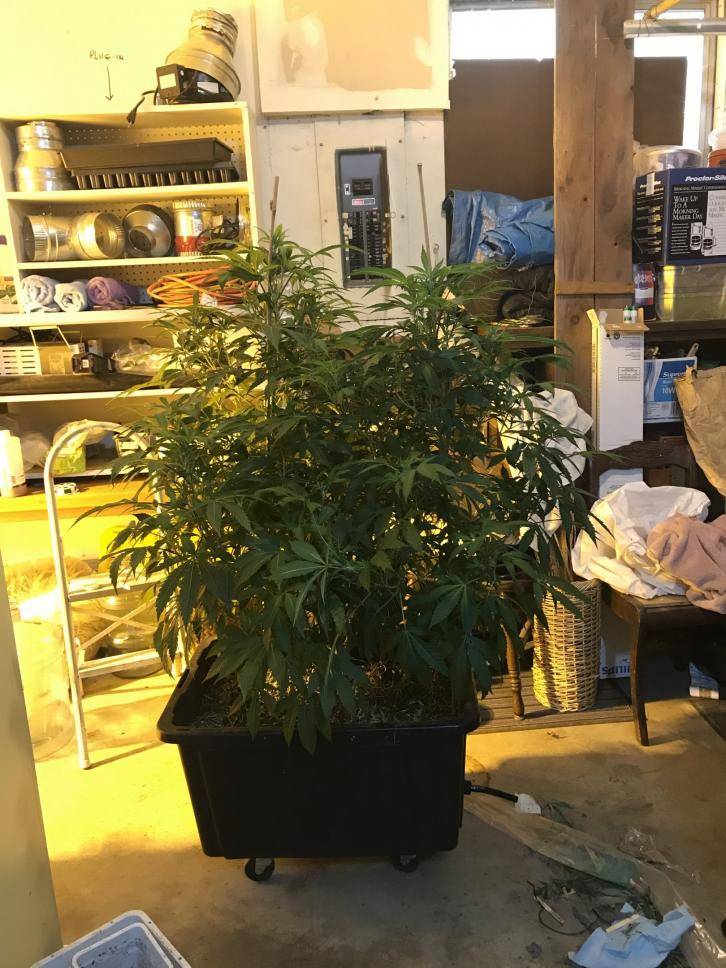
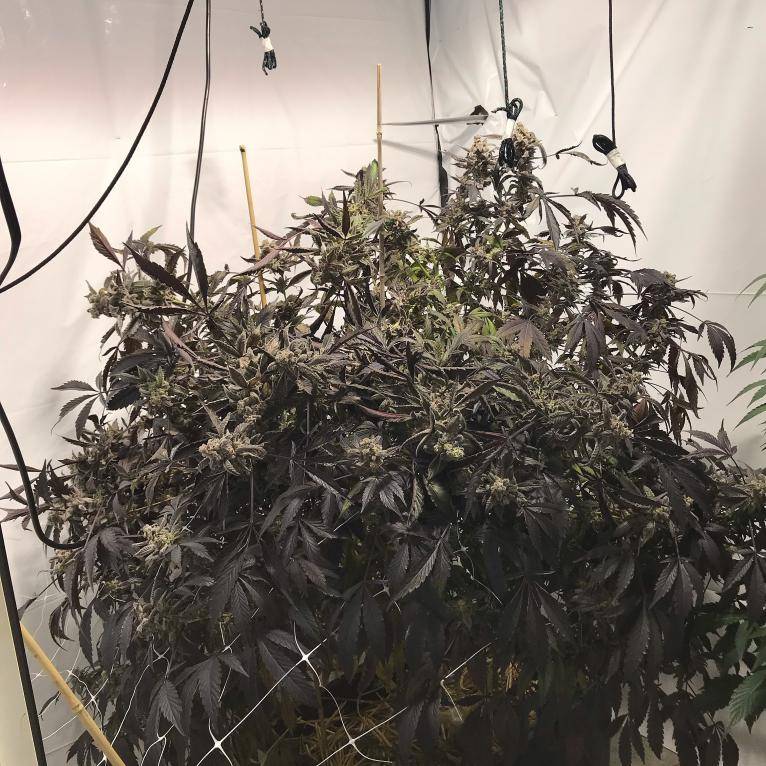
So some things to consider before building this system.
If you want to use hand water soluble fertilizers, this really isn’t the system for you because the reservoir will collect the run off nutrients. Try a blumat system. This is water only to keep it clean and there’s no way to leach the system the way i built it. I don’t really need to or haven’t as of yet.
You can’t transplant out of it easily.
It can be boring because all you do is fill up water and make clones.
So I made SIPs you can hand water first by pouring water down a PVC tube and the plants eventually started sucking the water out the SIP daily. I was hoping to get a few days in between but the plants were growing great!! I was able to fill up the SIP before the soil got dry and it worked, but i wanted more so next design incorporated hydro tubing connecting the SIPs to a reservoir the size of a garbage can. This way I don’t have to squeeze in the room to water the ones in the back and they all are able to be filled up from outside the room. Moses Wellfleet has been running the hand watered design for a while now and loves it!
It worked great and i was able to go 3 weeks from transplanting a young small plant before it drank up water but once they are established plants, they will drink, drink, drink. You can add a garden hose or RO system to fill up the trash can if you want a completely hands off approach to growing. I did notice that growth rates did go down a little when i switched over to the SIPs on irrigation which keep the water reservoir inside the SIP at a constant height versus the hand watered SIP which the level goes down as the plant consumes the water. To keep the growth rates going, be sure to fill up the tote completely with premoistened soil so it doesn’t get lower settling as it gets wetter because every inch counts in this case as air decreases the further down you go int he soil. see below.
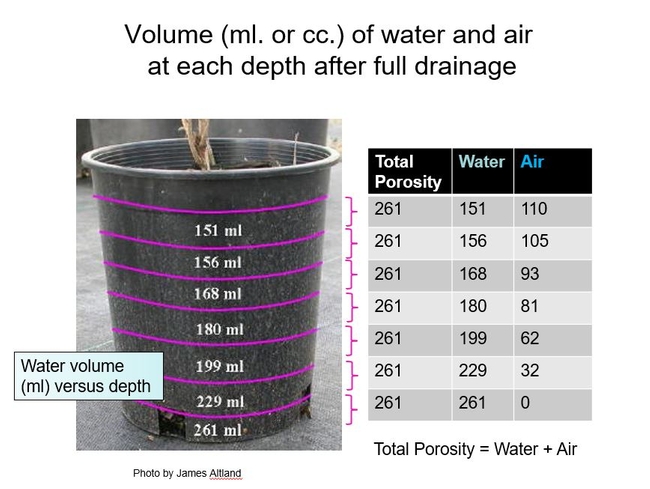
What makes a good container soil mix
https://ucanr.edu/blogs/blogcore/postdetail.cfm?postnum=29331
water and air porosity
https://ucanr.edu/blogs/blogcore/postdetail.cfm?postnum=29390
how much air and water
https://ucanr.edu/blogs/blogcore/postdetail.cfm?postnum=29450
effects on root diseases like rot
https://ucanr.edu/blogs/blogcore/postdetail.cfm?postnum=29510
effects of soil settling, salt and drought on root rot
https://ucanr.edu/blogs/blogcore/postdetail.cfm?postnum=29579
when to irrigate/how to determine when to water and how much
https://ucanr.edu/blogs/blogcore/postdetail.cfm?postnum=29674
https://ucanr.edu/blogs/blogcore/postdetail.cfm?postnum=29691
cation exchange capacity
https://ucanr.edu/blogs/blogcore/postdetail.cfm?postnum=29697
so basically the deeper the pot, the more air closer to the surface. if the soil is shallow and wide, its just not the same as the identical amount in a deeper pot. so the soil in the SIPs is wide and shallow and i want to add more soil while creating depth to grow these large trees indoors.
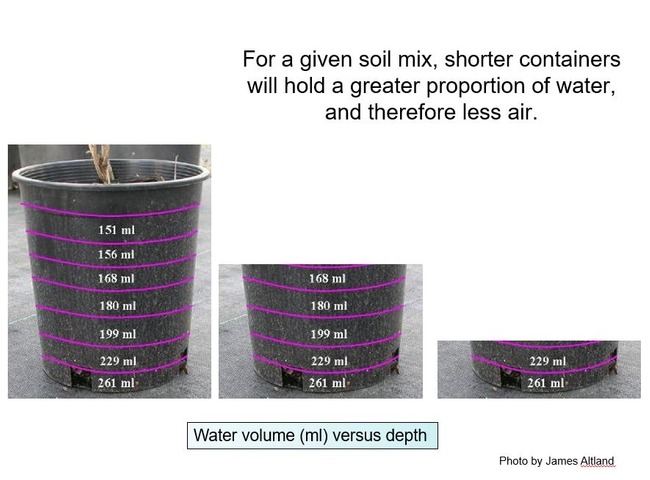
So some things to consider before building this system.
If you want to use hand water soluble fertilizers, this really isn’t the system for you because the reservoir will collect the run off nutrients. Try a blumat system. This is water only to keep it clean and there’s no way to leach the system the way i built it. I don’t really need to or haven’t as of yet.
You can’t transplant out of it easily.
It can be boring because all you do is fill up water and make clones.
So I made SIPs you can hand water first by pouring water down a PVC tube and the plants eventually started sucking the water out the SIP daily. I was hoping to get a few days in between but the plants were growing great!! I was able to fill up the SIP before the soil got dry and it worked, but i wanted more so next design incorporated hydro tubing connecting the SIPs to a reservoir the size of a garbage can. This way I don’t have to squeeze in the room to water the ones in the back and they all are able to be filled up from outside the room. Moses Wellfleet has been running the hand watered design for a while now and loves it!
It worked great and i was able to go 3 weeks from transplanting a young small plant before it drank up water but once they are established plants, they will drink, drink, drink. You can add a garden hose or RO system to fill up the trash can if you want a completely hands off approach to growing. I did notice that growth rates did go down a little when i switched over to the SIPs on irrigation which keep the water reservoir inside the SIP at a constant height versus the hand watered SIP which the level goes down as the plant consumes the water. To keep the growth rates going, be sure to fill up the tote completely with premoistened soil so it doesn’t get lower settling as it gets wetter because every inch counts in this case as air decreases the further down you go int he soil. see below.

What makes a good container soil mix
https://ucanr.edu/blogs/blogcore/postdetail.cfm?postnum=29331
water and air porosity
https://ucanr.edu/blogs/blogcore/postdetail.cfm?postnum=29390
how much air and water
https://ucanr.edu/blogs/blogcore/postdetail.cfm?postnum=29450
effects on root diseases like rot
https://ucanr.edu/blogs/blogcore/postdetail.cfm?postnum=29510
effects of soil settling, salt and drought on root rot
https://ucanr.edu/blogs/blogcore/postdetail.cfm?postnum=29579
when to irrigate/how to determine when to water and how much
https://ucanr.edu/blogs/blogcore/postdetail.cfm?postnum=29674
https://ucanr.edu/blogs/blogcore/postdetail.cfm?postnum=29691
cation exchange capacity
https://ucanr.edu/blogs/blogcore/postdetail.cfm?postnum=29697
so basically the deeper the pot, the more air closer to the surface. if the soil is shallow and wide, its just not the same as the identical amount in a deeper pot. so the soil in the SIPs is wide and shallow and i want to add more soil while creating depth to grow these large trees indoors.

Last edited:

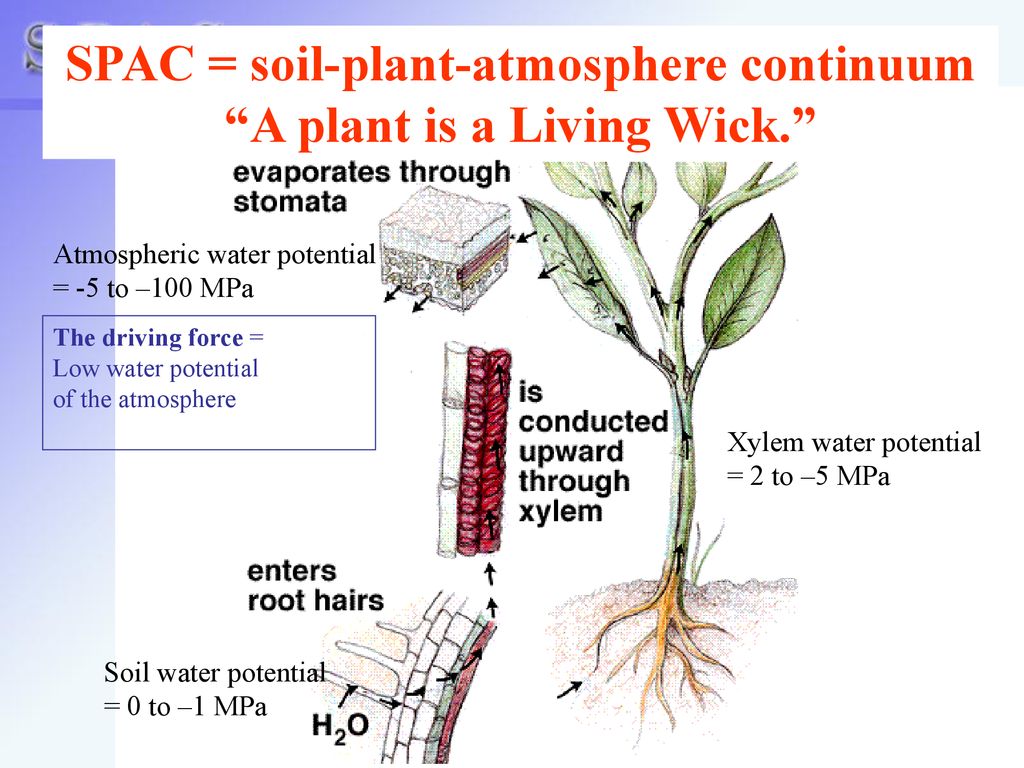
 and I appreciate a good old-fashioned tutorial
and I appreciate a good old-fashioned tutorial




